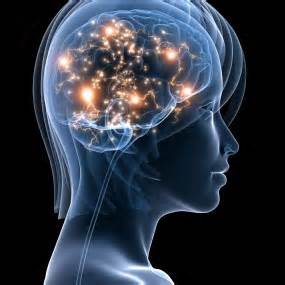Stanford University School of Medicine has published a study in the current issue of JAMA Psychiatry (February 4) that indicates there is a common pattern of gray matter loss in key brain structures across a wide spectrum of brain disorders that clinicians and researchers tend to view as distinct problems.
The study analyzed whole-brain images of nearly 16,000 people in their meta-analysis of 193 peer-reviewed papers and found that when patients who fell into six diagnostic categories, including schizophrenia, bipolar disorder, major depression, addiction, obsessive-compulsive disorder and a “cluster of related anxiety disorders” were compared with healthy controls, they exhibited a loss of gray matter in three key brain structures associated with key executive functions, including planning and decision-making and inhibition of counterproductive impulses. The structures affected included the left and right anterior insula and the dorsal anterior cingulate.
The Stanford researchers performed further analyses that showed that gray-matter shrinkage in the three brain structures was independent of any medication effects or overlapping psychiatric conditions.
Some activities that have been shown to promote new neural growth include exercise, psychotherapy, meditation, medications, and stimulating environments.
